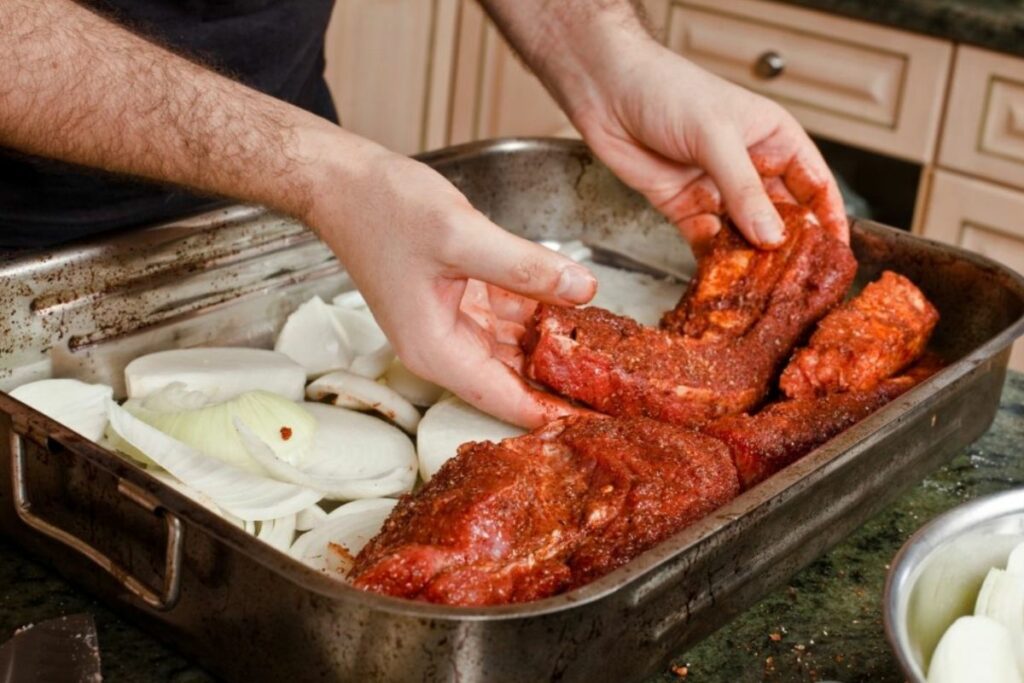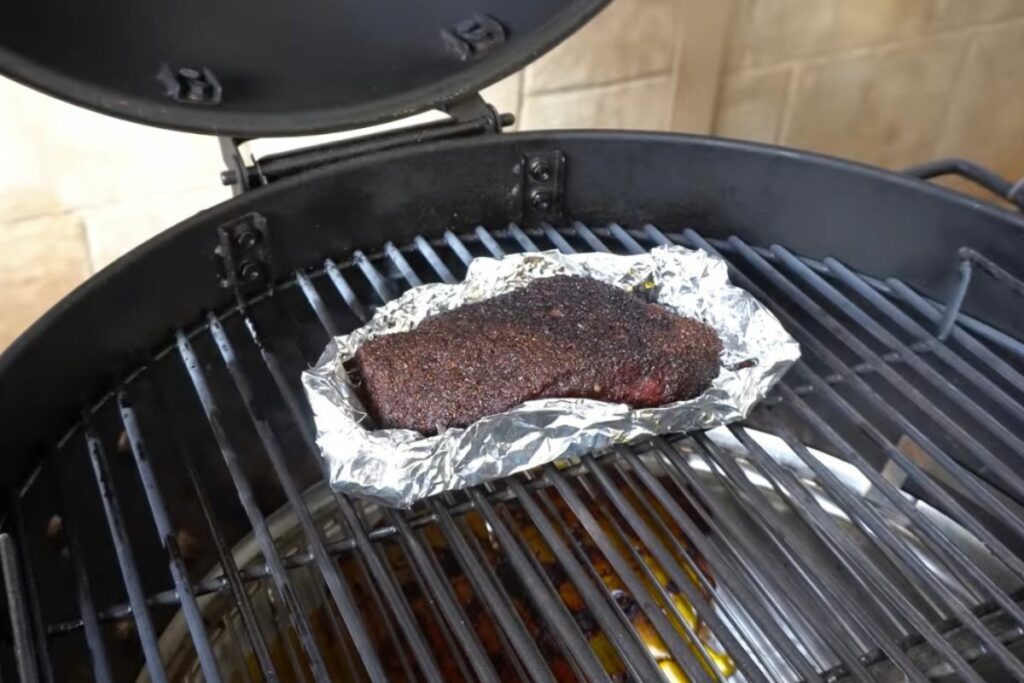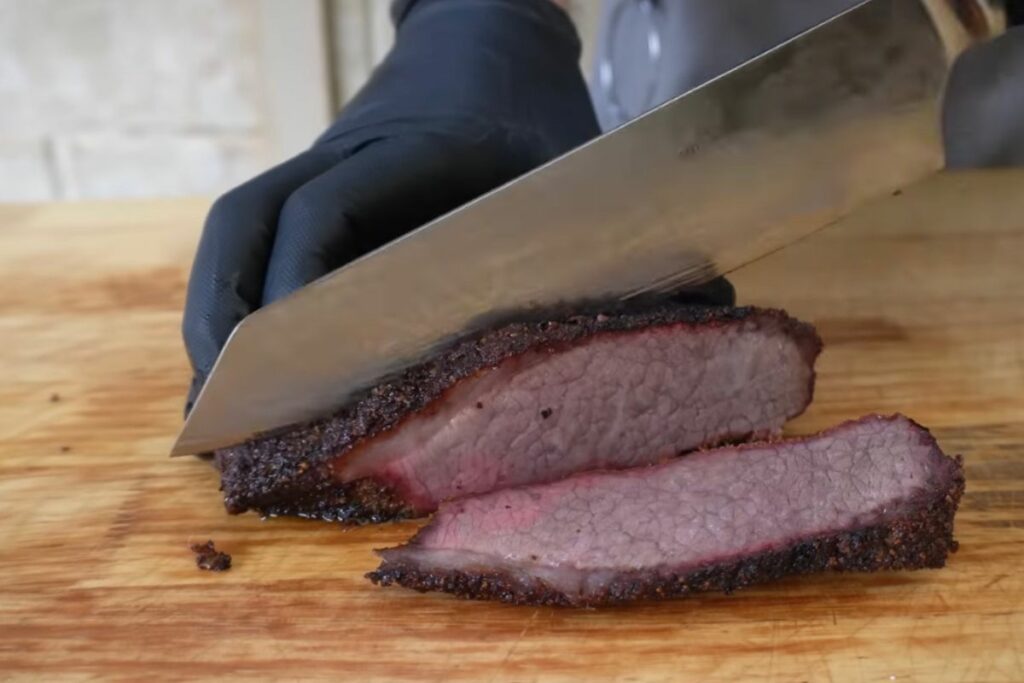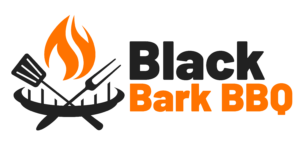What is the best temperature to smoke a brisket? This question feels like it has to have been debated since the dawn of time.
Sure, the temperature should be low, but how low? If you do go for a super low temperature, you may find that you are waiting hours – or even days — for your brisket to be ready.
Use this definitive guide the next time you are smoking a brisket. This article will cover the ideal smoking temperature for brisket and an idea of how long this should take to cook your piece of meat. Follow this guide for the best smoked brisket every time!
Ideal Temperature And Ideal Time
First up, we need to talk about temperature.
We think that the best temperature to smoke a brisket is 225° (just shy of 110 °C).
At this temperature, you want to be cooking your brisket for around an hour and a half per pound. If, for example, you want to cook a 10lb piece of brisket, you want to cook it for around 15 hours at 225° (110 °C).

Why Choose Low And Slow
If it takes so long to smoke brisket at 225° (110 °C), why is it the best temperature? It all stems from the type of meat that you are cooking.
Brisket is a primal cut of meat that is taken from the lower chest area of the cow. It is a triangular cut of muscle that has both deep and superficial pectoral and supports a lot of the animal’s weight. This means that a cut of brisket will have a lot of connective tissue.
Connective tissue needs fairly low temperatures and lots of time to melt down a little. All of this time allows collagen to break down into gelatin, creating a succulent and delicious meal when cooked properly. Don’t forget that any fat in your brisket will have more than enough time to render and penetrate the muscle fibres. This will give your beef a juicy and rich texture.
So, when you are smoking, it is no different, and you need to find the temperature ‘sweet spot.’ A temperature that is too high will still smoke and cook your brisket, but the fat and collagen will not have had enough time to do their things, so it will be a little dry.
But don’t go too far the other way! A temperature that is too low will create the ideal environment for bacteria to grow and possibly make your meat unsafe to consume. Avoid any temperatures between 40° and 140° (4 °C and 60 °C) to be safe.
Brisket Cooking Times
As 225° (110 °C) is the best cooking temperature for smoked brisket, you need to cook it for a fairly long time. This is because the meat is exposed to less heat, so the exposure time needs to be longer to make up for this shortfall.
You should budget for around 1 and a half hours per pound of brisket that you want to cook. With this in mind, a typical whole packer brisket that weighs 12lb will take around 18 hours to cook.
That said, remember that some briskets will take longer to cook than others no matter what. Even if you cook two briskets on the same grill, at the same temperature, and they started off the same weight, you will find that one took slightly longer to reach peak melt-in-your-mouth deliciousness than the other.
We recommend that you keep a good quality thermometer on or near where you plan on smoking your briskets. This makes sure that you will always know what temperature your brisket is internally. We are budgeting for extra cooking time, but remember that it is equally likely that the brisket will take less time to cook than you think.

Cooked Brisket
Knowing when your slow-cooked brisket is done is an art in itself. We recommend that you invest in a thermometer, so you can be sure!
When your temperature probe reads 195° (90 °C) in the middle of the thickest part of the meat, your brisket is done. You must let your meat rest. Resting allows the meat to soak up some of its lost juices. It will also give the brisket time to get a bit warmer as it sits in the residual heat. Aim to begin carving when the probe reads 210° (98 °C) for the best results.
At 210° (98 °C), the brisket will be so tender that it will feel like butter when you slice into it. This allows you to carve out super neat slices. This is also the perfect time to slice or cube your meat if that is what you want to do. Keep in mind that cubed brisket is even nicer if it is chopped up and then put back into the smoker for another hour.
Brisket Temperature Stall
The infamous brisket temperature stall happens at around 150° (65 °C). Don’t be surprised if it takes a while for the temperature to begin to climb until after 160° (71 °C). This delay in temperature rise between 150° and 160° has caught many brisket newbies off guard. Don’t worry – it is completely normal!
It happens because of the way that muscle fibres react when it is exposed to heat – as in when you cook your brisket. Moisture is squeezed out of the fibres and up to the surface. This surface moisture then evaporates and cools the meat down slightly – a bit like what happens when you sweat. This process is evaporative cooling.
Once the rate of evaporative cooling is the same as the cooking rate of the brisket, it becomes more difficult for the temperature of the meat to rise. In essence, your brisket is cooling itself off more quickly than the smoker can compensate. This creates a temperature flat line until the bulk of the water has gone. Once this happens, the temperature of your brisket will start to rise again.
Some smokers combat evaporative cooling by wrapping the brisket in some butcher paper or aluminium foil once the internal temperature hits 150° (65 °C). This prevents evaporation, keeps your brisket nice and warm, and will take off a couple of hours from the cooking time. The bigger the brisket, the more time you save wrapping it up.
However, wrapping up your brisket will prevent the pleasant outer crust from forming. So is it worth it? Wrapping up to save some hours and lose a delicious crunchy texture, or keep chugging along for hours.
We think that you should think of the brisket temperature as a natural part of the process. Wrapping up your meat to overcome this heat plateau will cause more harm to the final texture of your meat than just being a bit more patient.
Temperature Stability
While your brisket is smoking, you will be wise to think about temperature stability. In a smoker that keeps dipping below your set temperature – ideally 225° (110 °C) – your cooking time will be extended. If it gets too warm, your cooking time will be shorter, but you are more likely to have dry meat.
Keep a constant temperature by shielding your smoker from the wind. This will help keep your smoker’s temperature nice and high. You could even invest in a cover that is designed to shield your smoker while it is on.
Be sure that you regularly check the temperature of your smoker or grill throughout the cooking process. Checking will often mean that you will know for sure that your smoker has not been at the incorrect temperature for too long.
Keep in mind that if you find that your smoker is always dipping too high or too low, it may be time to find a new one.

Resting The Brisket
An adequate resting period is essential for an impressive brisket. This is because the muscle fibres in the meat tissue need time to relax and soak up some delicious brisket juice. Follow these tips to make sure that your resting time is as good as it can be.
Foremost, you need to make sure that your brisket is well wrapped. This means that you need to have two layers of aluminium foil on standby, so you are ready to go once the internal temperature reads 195° (90 °C).
Once double-wrapped, let your brisket be. You need to leave it for at least half an hour so that the juices can settle, and the meat can relax.
Got some time before you serve? Just pop your brisket into a low oven. Around 180° (80 °C) will be hot enough to keep it nice and warm, but not so hot that the beef carries on cooking and dries up.
If you don’t have an oven you can always try a ‘faux Cambro’ – it is a little less high-tech than an oven but will get the job done, even when you are outside! Just fill up a cooler with hot water and wait for about half an hour to warm it up. Then you need to get rid of the water and line the inside with some clean towels. Put your brisket in here, fold the towels over the top, and put the cooler lid on. This will keep your beef enjoyable and warm for a good few hours.
You need to let the meat rest for another half hour after you take it out of the oven or warmed up cooler. This will keep carving nice and neat and the brisket nice and tender.
Final Thoughts
We recommend that you cook a beef brisket at 225° (around 110 °C) for the best results. This temperature is hot enough to cook your brisket in a reasonable amount of time, without burning the meat or losing too much moisture.
Be sure to let your brisket rest for at least 30 minutes after it comes out of the smoker. This will let the muscle fibres relax and reabsorb some of their lost juices. This will keep everything super flavorful, juicy, and very tender.
- Porterhouse Vs. Ribeye - May 16, 2022
- How Long To Smoke A Brisket Per Pound – Explained - May 16, 2022
- What Is A Tomahawk Steak? - May 16, 2022








